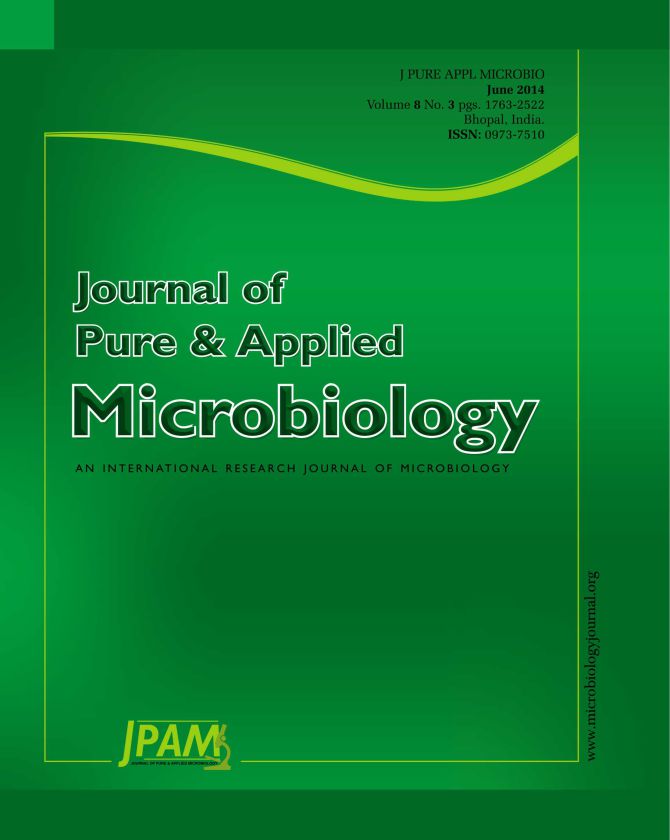Chromate-reducing bacteria can convert soluble and toxic hexavalent chromate [Cr(VI)] to insoluble and less toxic trivalent chromate [Cr(III)]. Bioremediation can be more effective in removing chromate(VI) from the environments if chromate reductase is used in Cr(VI) reduction reaction. The bacteria strain Leucobacter sp. G161 isolated from chromate-contaminated soil has been demonstrated in its ability to reduce Cr(VI) to Cr(III) in the previous investigation. In this study, the cytoplasmic soluble fraction-associated chromate(VI) reductase was characterized and shown high reducing ability to catalyze reduction of chromate(VI). The enzyme is optimally active at a pH of 7.0 and 35 °C, and the specific Michaelis-Menten constant (Km) and maximum reaction kinetic velocity (Vmax) of the Cr(VI) reduction were 165.49 ìM and 1.44 ìM min-1 mg-1 protein respectively using NADH as an external electron donor. Interestingly, the enzyme was highly thermostable: 48% of its activity was remained when exposed at 80 °C for 30 min. Moreover, the reductase activity was enhanced by the addition of other external electron donors, with NADH being the most effective one. The Cr(VI) reductase tolerated several types of metal ions tested. These results suggested that the enzyme reductase could be used for bioremediation of Cr(VI)-polluted environments.
Chromate reductase, Cytoplasmic soluble fractions, Chromate(VI) reduction, Thermostability, Leucobacter sp. G161
© The Author(s) 2014. Open Access. This article is distributed under the terms of the Creative Commons Attribution 4.0 International License which permits unrestricted use, sharing, distribution, and reproduction in any medium, provided you give appropriate credit to the original author(s) and the source, provide a link to the Creative Commons license, and indicate if changes were made.


